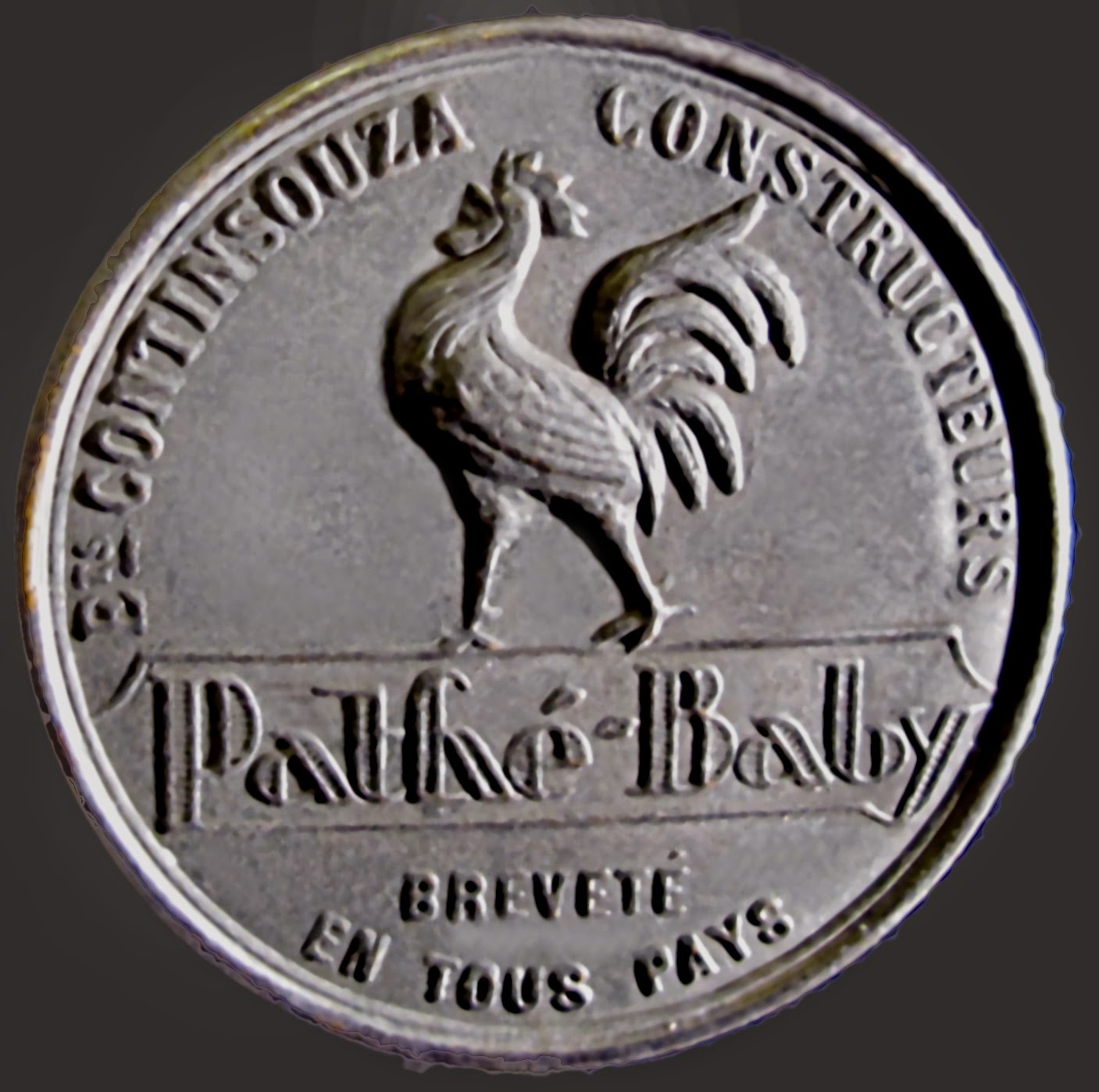EARLY RECORDS WITH COLOUR
WOUGE records appeared in the 1940s with embedded illustrations of the time.
Made by Sav-Way Industries of Detroit USA.
These records were 25 cm and the speed 78 RPM.
Sounding good compared to the usual shellac records.
The core was of aluminium coated with clear plastic.
****************
****************
Record Guild of America, 16 cm 78 RPM of stiff cardboard.
The very first crude gramophone Emile Berliner invented was merely a toy for young kids.
Still popular well into the 1940s were all kinds of illustrated records for toy gramophones.
Like the one in my blog page no. 2.
****************
The brittle shellac gramophone-records hung on for several decades. Still running 78 rounds per minute.
But by new electro technical inventions the grooves could be closer engraved, making the records smaller.
****************
So these new and smaller records had to prove that this was a revolutionary and important innovation. Hence the names of the iconic names:
Edison and Bell.
Some radio stations were a bit reluctant to the names Radio and Broadcast. But soon they found out, that collaboration would benefit both radio programs and the gramophone industry.
Many experiments were made in the 1930s.
A small German view card size only10x14 cm with 78RPM. That had to be a very short version of the "Helen of Troy".
Another huge novelty 1929-30 was the unbreakable record.
Made of thin celluloid it could be bent and was easy to handle.
Over the years they were not flat any more. The material contained camphor that evaporated and made the cellulose acetate instable. But with a light weight pickup from the 1960s they could be played again - sort of.
But they were indeed colourful!


















































